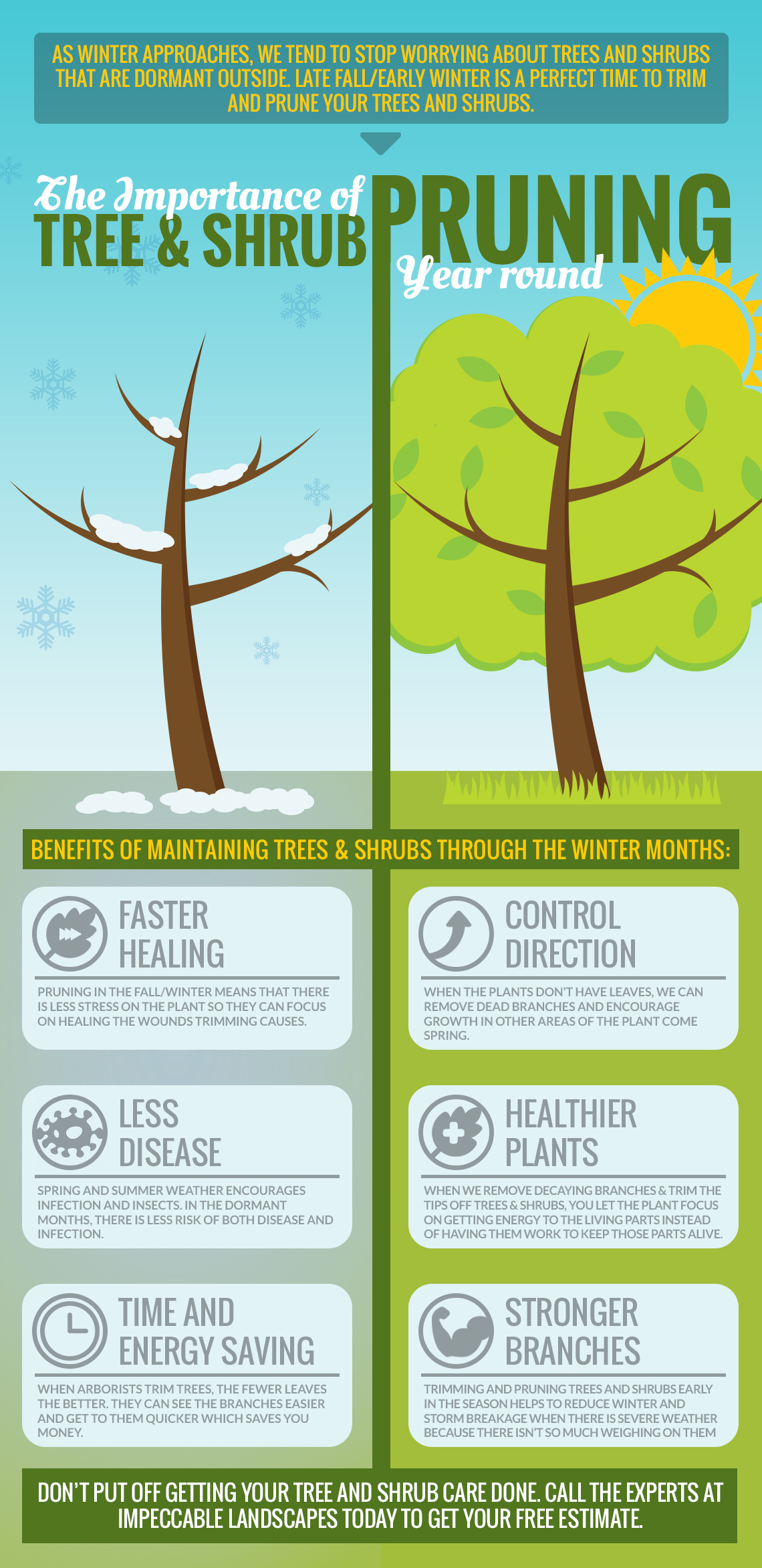Indicators That It Is Required To Remove A Tree - A Manual For House Owners
Indicators That It Is Required To Remove A Tree - A Manual For House Owners
Blog Article
Short Article By-Merrill Lu
Trees add beauty and worth to property, however they can likewise posture a danger throughout extreme climate occasions. If a tree has quit growing, is displaying noticeable fungal growth, or has a leaning trunk, it ought to be gotten rid of by an expert to avoid property damages and injury.
For more information, attend a property owner resource reasonable co-hosted by HPD, the Center for New York City Neighborhoods, and Brooklyn-based real estate companions this night in Bedford-Stuyvesant. The event will certainly feature the Homeowner Handbook, a new guide to help property owners navigate the duties of having a home.
1. Dead or Dying Branches
Trees are an integral part of your home's landscape, supplying color and elegance. informative post offer shelter for wildlife and generate oxygen, but also healthy and balanced trees can experience illness that may demand their removal. Dead or dying trees aren't just undesirable, they can be dangerous. Their branches could fall during a storm, resulting in pricey building damage and injuries.
When a tree's branches start to pass away, it implies that its framework is starting to break down. If most of its branches are dead, it is likely time to remove it.
Try to find a lack of new development, bark peeling, open wounds or tooth cavities, fungi expanding on the trunk or origins and a general appearance of degeneration in the whole canopy. These indications of infection can indicate a serious issue that will certainly call for professional tree services to solve.
2. Leaning Trunk
While it's typical for trees to lean every now and then because of phototropism, if a tree has a harmful or severe lean that's not due to natural processes - maybe an indication that the tree needs to be removed. If my maintenance is leaning toward a power line, home, automobile, play structure or any other area that could be unsafe to people if it falls, then speaking to a professional tree service for elimination need to be a top concern.
It's likewise crucial to expect any type of sudden changes in a tree's leaning as it can show damages to the origins or trunk that may result in falling. This is specifically real during stormy weather, considering that high winds and rain-soaked soil can cause a lean to change rapidly. Normal tracking, especially throughout and after tornados can help homeowners identify prospective issues with their trees so they can call an arborist for a thorough examination.
3. Insect Infestation
Some pest problems, such as wood-boring bugs like emerald ash borer or sap-suckers like scale pests, are so extreme that they can cause a tree to die. The best way to stop pest infestation is to monitor your trees regularly. Look for places, holes, or discolorations in the leaves and bark. Examine https://docs.google.com/spreadsheets/d/1ErP0weRPs6aig_hZVzZkq5J5o2AIjtqsuHDDT4fseps/edit?usp=drive_link for fractures and signs of insect damage, such as tunnels or tracks.
If a tree comes to be as well plagued with insects, or is close to a home or power lines, an arborist may advise removal. If a leaning tree creates a brand-new, unpredictable lean, an arborist will likely advise removal as well to ensure the safety and security of people and property. If a damaged or dead tree constantly sheds too much branches, it is an indication that it is time to eliminate the tree. If a tree remains to lose branches for an extensive period of time, it could bring about structural issues and possible property damage.
4. Damaged Trunk
Trees are a lovely and integral part of our landscape, however they do need regular care to maintain them healthy and balanced and secure. If a tree is damaged beyond repair it is likely time for it ahead down.
Seek indicators of damages to the trunk, consisting of upright cracks, seams, dead branch stubs, noticeable wounds or open cavities and severe tree-rot. The visibility of fungis at the base of the trunk is one more warning indicator. Fungi might suggest that the phloem and xylem (life-support tissues) are jeopardized, allowing for the spread of disease or a future failing.
Additionally, think about whether the tree has stopped expanding. Healthy trees will have brand-new growth annually, which might be visible as buds or branches sprouting and extending. If you do not see any kind of new development, it's a good concept to have an arborist evaluate the tree and follow their recommendation for removal. A passing away or harmed tree can fall and cause building damages.